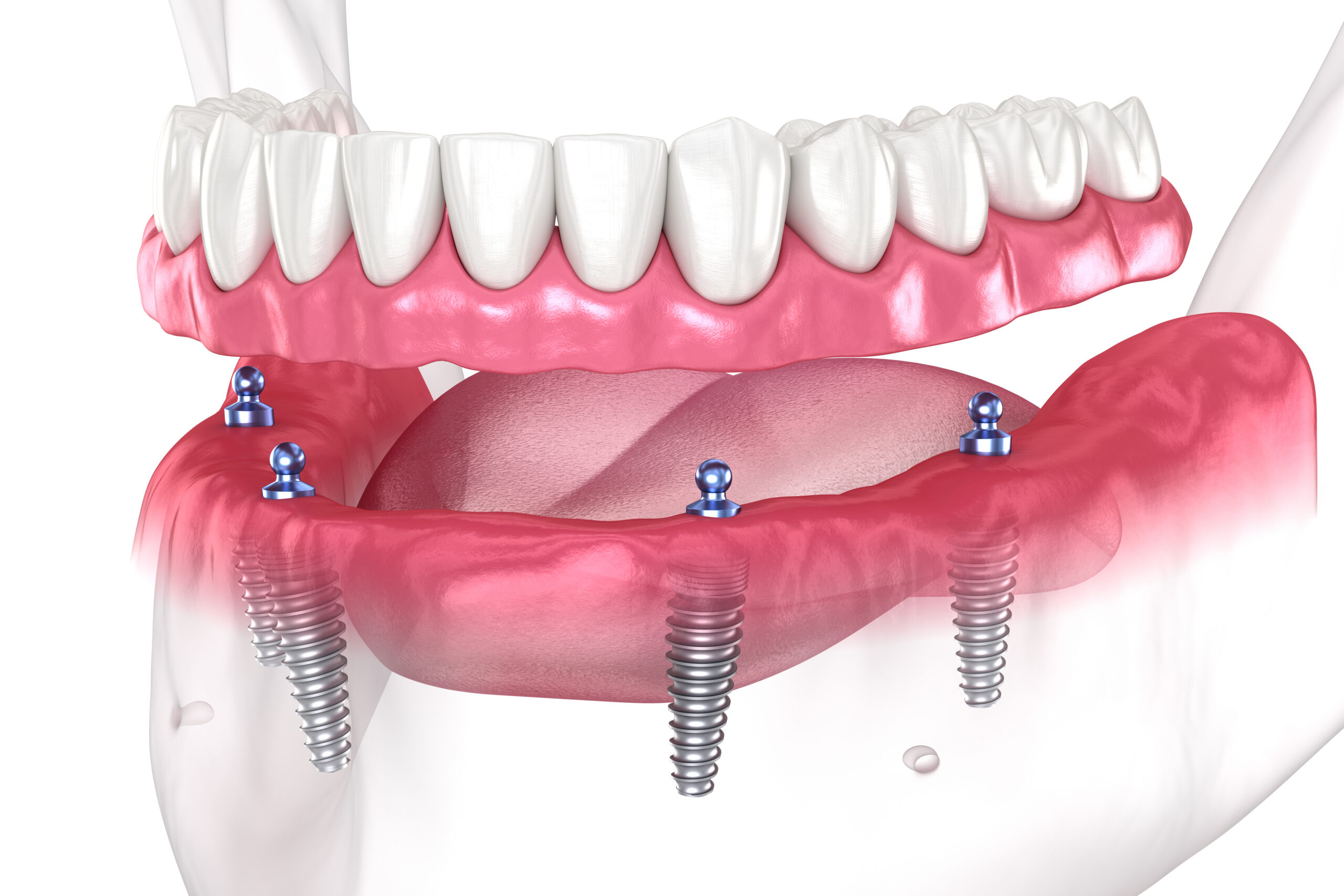The 8-Minute Rule for Dental Sense
The 8-Minute Rule for Dental Sense
Blog Article
Examine This Report on Dental Sense
Table of ContentsLittle Known Facts About Dental Sense.Dental Sense Fundamentals ExplainedExcitement About Dental Sense8 Easy Facts About Dental Sense Described
are clinical tools operatively dental implanted into the jaw to bring back an individual's capacity to eat or their look. They provide support for fabricated (fake) teeth, such as crowns, bridges, or dentures. When a tooth is shed as a result of injury or illness, a person can experience problems such as fast bone loss, faulty speech, or changes to eating patterns that cause discomfort.Dental implant systems are composed of an oral implant body and dental implant joint and might also consist of a joint fixation screw. Same day dental implants. The oral implant body is operatively inserted in the jawbone instead of the tooth's origin. The dental implant abutment is normally connected to the implant body by the abutment fixation screw and extends via gum tissues right into the mouth to support the connected man-made teeth
(https://moz.com/community/q/user/dentalsense1)Structure of The Oral Implant System selecting dental implants, speak with your oral supplier concerning the prospective benefits and dangers, and whether you are a candidate for the procedure. Points to think about: Your general wellness is a vital factor in identifying whether you are a great candidate for dental implants, for how long it will take to recover, and for how long the dental implant may remain in area.
Cigarette smoking might impact the recovery process and lower the long-lasting success of the implant. The recovery process for the dental implant body may take several months or longer, during which time you usually have a temporary joint in area of the tooth. the oral implant procedure: Carefully adhere to the oral hygiene instructions given to you by your oral supplier.
The Facts About Dental Sense Uncovered
Implant failure can result in the need for one more medical treatment to take care of or change the dental implant system. Restores the capability to chew Brings back cosmetic appearance Aids keep the jawbone from reducing as a result of bone loss Protects the health of the surrounding bone and gum tissues Aids keep nearby (close-by) teeth secure Improves quality of life Damage to surrounding natural teeth during implant placement Injury to the surrounding cells throughout surgical procedure, such as sinus perforation Injury during surgical treatment (for instance, crack of bordering jawbone) Poor function, such as seeming like the teeth do not attack together usually A sensation that the tooth is loosened or turning in position resulting from an abutment screw loosening Implant body failing (looseness of the dental implant body) as a result of systemic infection, which might be much more most likely in patients with unrestrained diabetes mellitus as a result of local infection in bone and periodontals sustaining the dental implant body as a result of postponed recovery, which might be most likely in patients that smoke Difficulty cleaning up the gum tissues around the dental implant, leading to inadequate dental hygiene Untreated periodontal disease Post-surgical tingling due to nerve impingement or damage Constantly inform healthcare carriers and imaging technicians that you have dental implants before any type of magnetic resonance imaging (MRI) or x-ray treatments.
FDA is not knowledgeable about any type of negative occasions reported for MRI or x-ray procedures with oral implants. Oral implants systems are usually made from materials that adhere to why not try here global consensus standards of the International Organization for Standardization (ISO) or ASTM International. These standards have information of what makes a safe material.

An oral implant is a framework that replaces a missing tooth. With screw-like tools, the specialist inserts an implant right into the jawbone, and it acts as a support for a synthetic tooth, called a crown.
Not known Facts About Dental Sense
Some individuals are not qualified for oral implant surgical treatment. It is for dental doctors to operate people with: severe illnessuncontrollable metabolic diseasebone or soft cells disease or infectionIf these problems are dealt with, an individual can have the surgical procedure. In, oral cosmetic surgeons refrain from operating people with: If individuals with any of the above go through dental implant surgical procedure, there is a greater risk of the dental implant stopping working.

Dental implant surgery is a personalized process. It's not the same for everyone. The adhering to offers a basic overview of what you can expect your dentist, oral cosmetic surgeon, periodontist or prosthodontist to do: Position the dental implant operatively. Offer you time to heal. Connect the article and final crown, bridge or denture.
Next off, your cosmetic surgeon will meticulously position the dental implant into your jaw. Finally, your doctor will certainly rearrange your gum tissues and shut the laceration with stitches. If your dental implant is near the front of your mouth, your dentist will make a short-lived tooth for you to use until you recover. By doing this, you won't have a gap in your smile while you recuperate.
The 4-Minute Rule for Dental Sense
Throughout the healing phase, your jawbone must fuse to the oral implant. This procedure can take anywhere from three to 9 months.
As soon as your implant heals, your dentist can affix the abutment (little connector article) and your last restoration (crown, bridge or denture). This normally takes concerning one hour to finish and may need a 2nd minor surgical treatment. You shouldn't feel any type of pain throughout your dental implant treatment because your service provider will certainly utilize drug to numb your gums.
Report this page